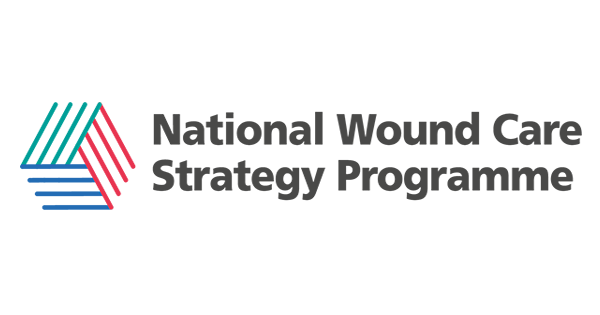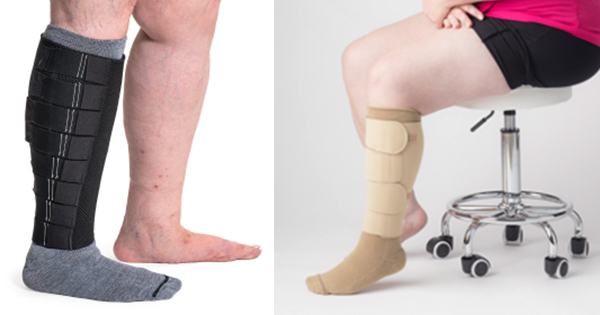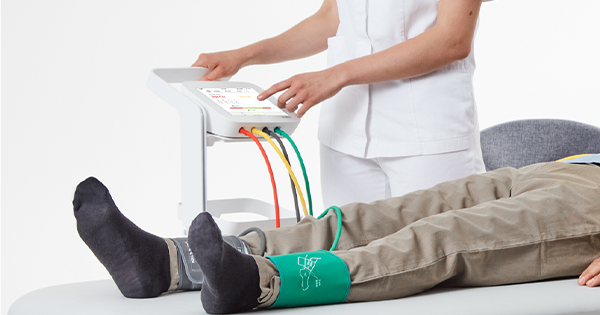As we progress through the final year of the National Wound Care Strategy Programme (NWCSP), it is remarkable to reflect on how far we have come and the milestones we have achieved. I am pleased to provide an update on the completion of one of the programme’s core components: the Lower Limb Workstream.
In July, we celebrated a significant achievement with the publication of an independent evaluation (NWCSP, 2024a) of our efforts with the First Tranche Implementation Sites (FImpS). Each providing NHS care within one of the seven NHS England (NHSE) regions, the sites were tasked with implementing the NWCSP Lower Limb Recommendations (NWCSP, 2024b) and testing the assumptions of the supporting Implementation Case (NWCSP, 2020). Whilst the clinical recommendations were key, the importance of the Implementation Case cannot be overstated. It clearly outlined the critical need for a shift in lower limb care delivery through dedicated services, providing a framework for action.
The key outcomes of the evaluation (NWCSP, 2024a) are both encouraging and reflective of the progress made:
Healing rates: 52% of venous leg ulcers healed within 0–12 weeks, exceeding the national baseline of 37% at 52 weeks. An overall healing rate of 84% at 52 weeks was observed across all lower limb wounds.
Recurrence rates: The recurrence rate for leg ulceration was 14%, which is significantly lower than the assumption of 37% in the implementation case and baseline of 48%.
Cost-effectiveness: A remarkable benefit-cost ratio of 27.6 was observed, demonstrating strong value for money based on the outcomes achieved. One of the key factors when undertaking economic analysis is to understand the benefit–cost ratio, which is “the ratio of benefits to costs from an intervention, i.e., the amount of benefits generated for every £1 of investment. By HM Treasury standards, above 4 is considered very high value for money” (NWCSP, 2024a).
Environmental impact: Through the delivery of optimal care, the programme achieved an estimated net zero impact, saving 473,305 kg of CO2 emissions — equivalent to taking 277 cars off the road for a year.
These findings highlight substantial improvements in patient outcomes and set a new national benchmark for best practices in lower limb wound care. The dedication and hard work of the FImpS has been instrumental in understanding and overcoming the real-world challenges of implementation. Improving wound care is a complex system-wide issue that requires a comprehensive and coordinated effort.
The valuable learning and insights acquired through collaboration with the FImpS have been synthesised into the NWCSP Leg Ulcer Best Practice Bundle (NWCSP, 2024c). This offers detailed guidance for providers and commissioners on the system-level changes required to successfully implement the clinical recommendations and reduce unwarranted variations in care. By consolidating the most impactful elements of practice, the bundle includes indicators for measuring improvement and offers valuable resources to support implementation. In doing so, it will play a crucial role in driving and measuring change across integrated care systems.
It is encouraging to see that the independent evaluation calls for providers to give prominence to wound care as a transformation priority. Recommendations also include urging Integrated Care Boards to address the inequity of service provision for individuals with non-diabetic foot wounds and to commission dedicated leg ulcer services, requiring providers to report on agreed standardised metrics.
So, as the Lower Limb Workstream draws to a close and we approach the end of the programme, we have begun to reflect on our achievements and develop a strategy to ensure its lasting legacy. We are working closely with our NHSE colleagues and other relevant organisations to ensure that our progress continues to benefit patients and the healthcare system long after the programme concludes. Our priority moving forward will be to effectively transition our work to maintain the momentum in reducing variation in wound care.
As part of our commitment to this, we are excited to announce we are working on a dedicated FutureNHS workspace – ”Improving Wound Care: Building on The National Wound Care Strategy” (FutureNHS, 2024). This will provide an interactive platform for clinicians and stakeholders to access resources, share best practice and collaborate on wound care improvements.
As we continue our journey, I would like to express our gratitude to all stakeholders – clinicians, patients, carers, commissioners and policymakers – whose invaluable contributions have been instrumental in advancing the Lower Limb Workstream. Together, by remaining committed to reducing disparities and improving outcomes for patients, we can shape a brighter future for wound care that makes a lasting differenc






